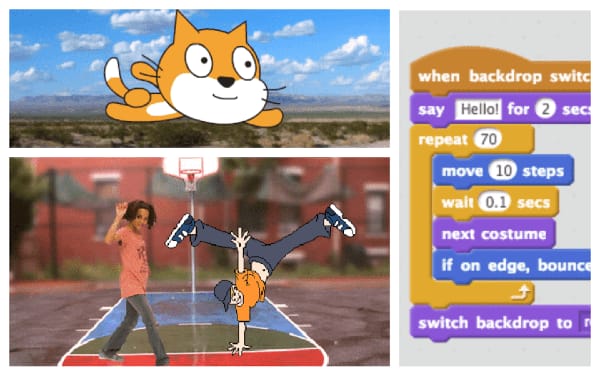What Is Coding For Kids?
Coding for kids is the process of teaching children how to create and build projects using computer programming. It allows kids to bring their ideas to life by writing code that powers games, websites, apps, and even robots. Most young learners start with a block based coding platform such as Scratch coding. By learning coding languages like Scratch, Python, Lua, and JavaScript, kids can develop fun projects while building key skills like problem-solving, logical thinking, grit, and creativity. Coding skills can also help them compete in fun contests, secure internships, and stand out on college applications.
Coding is everywhere—from the apps on our phones to the games we play - so learning how to code helps kids understand how technology works and is highly beneficial regardless of what career pathways they take. It also builds important skills like critical thinking, logic, and problem-solving, all while opening doors to future careers in tech. With coding, kids have the power to turn their ideas into reality!
Enroll in a free coding class for kids today and experience the fun!

















































